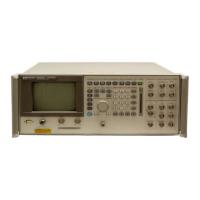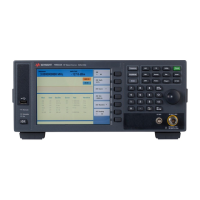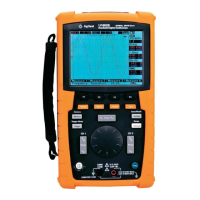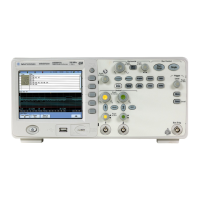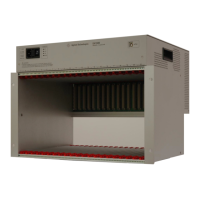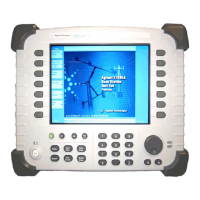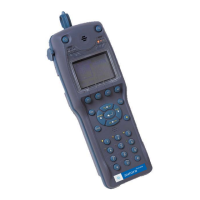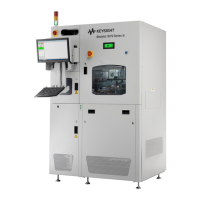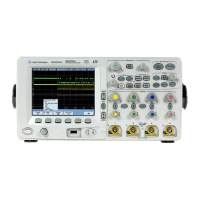Appendix A
555
Example:
Averaging by Waveform Repetition
Oversampling
Oversampling is a method to increase the measurement accuracy.
This method is also based on averaging.
Assume you need to measure the signal-to-noise ratio of an 18-bit
audio DAC that is operated at a conversion rate of 48 kHz.
However, your waveform digitizer has only a resolution of 16 bits.
So what to do?
1 In any case, you will first limit the output signal spectrum to the
Nyquist frequency of the DUT, that is 24 kHz, by choosing an
appropriate anti-aliasing lowpass filter.
If you would now capture the output waveform with a sampling
frequency of 48 kHz, the result would have an accuracy of 16 bits,
which will not suffice to accurately test an 18-bit DAC.
The solution is oversampling:
2 Digitize the output signal at a rate of 16 times 48 kHz, that is
768 kHz.
3 Then average the 16 data points of each level.
The resulting sampling frequency is 48 kHz. But averaging 16 data
points increases the resolution by the square root of 16, which is
4. A factor of 4 means 2 more bits.
NOTE The increase in accuracy is always the square root of the number of
averaged data points.

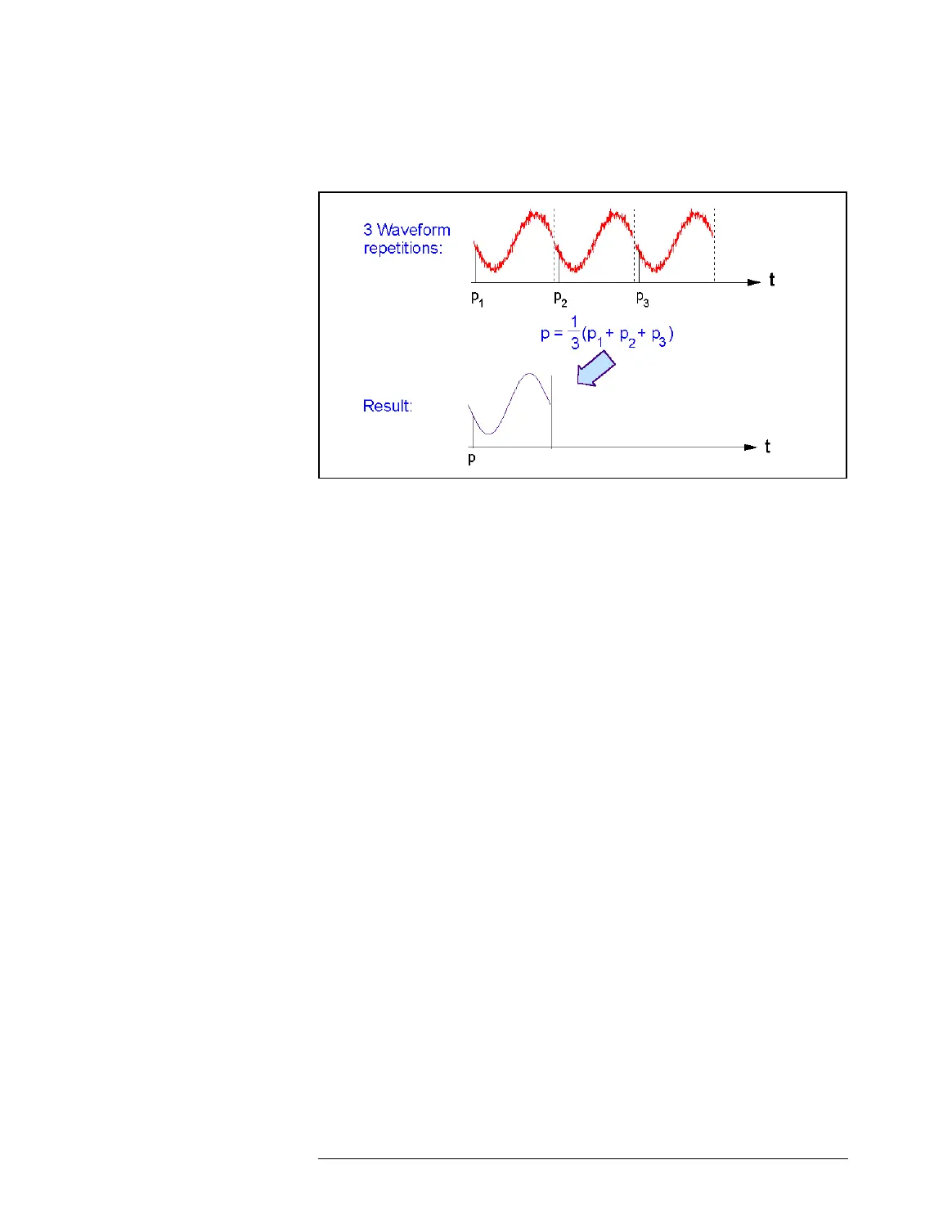